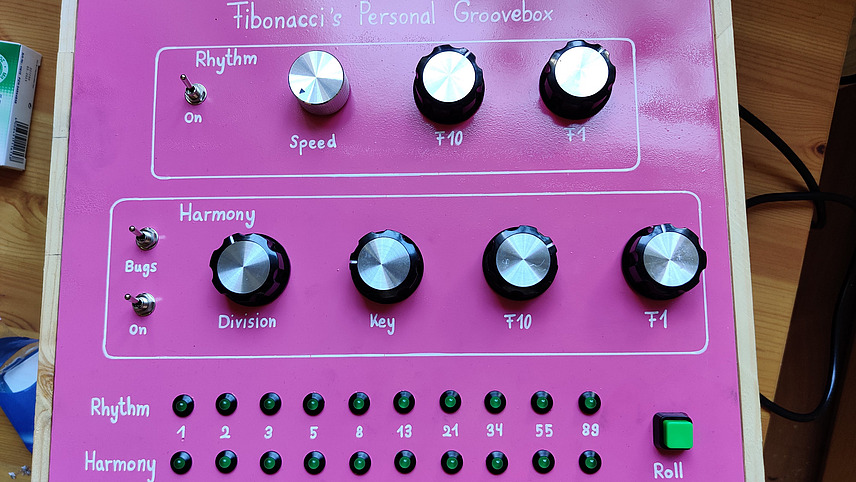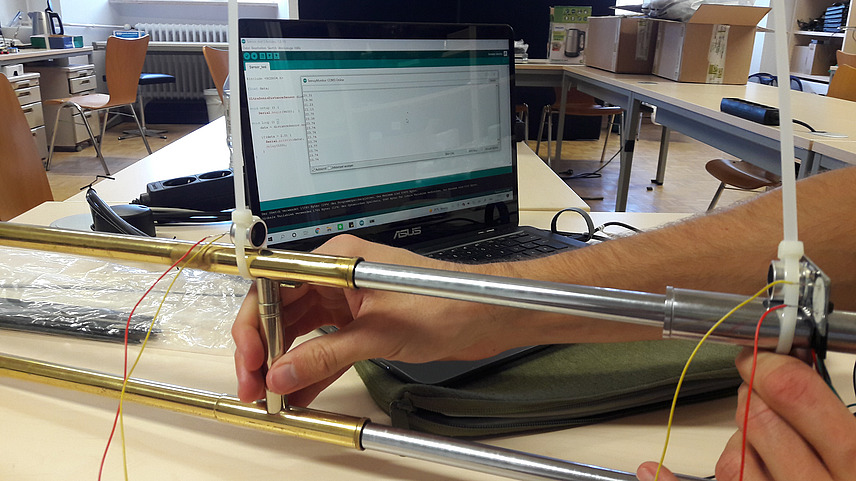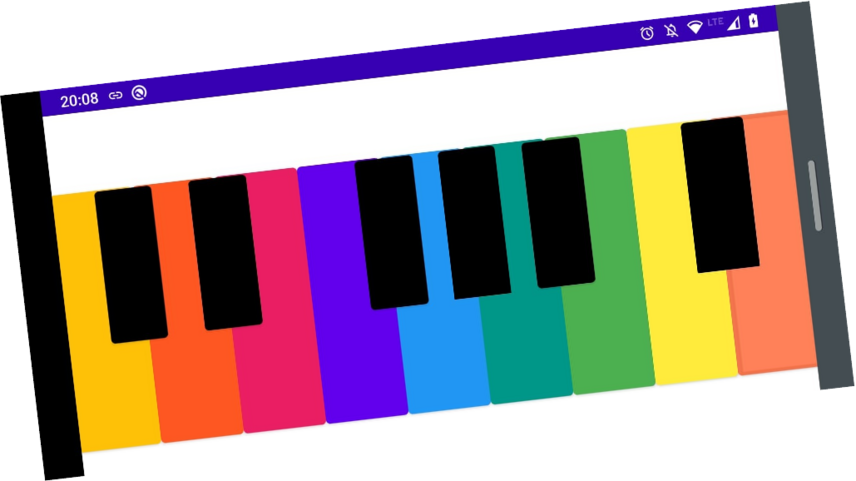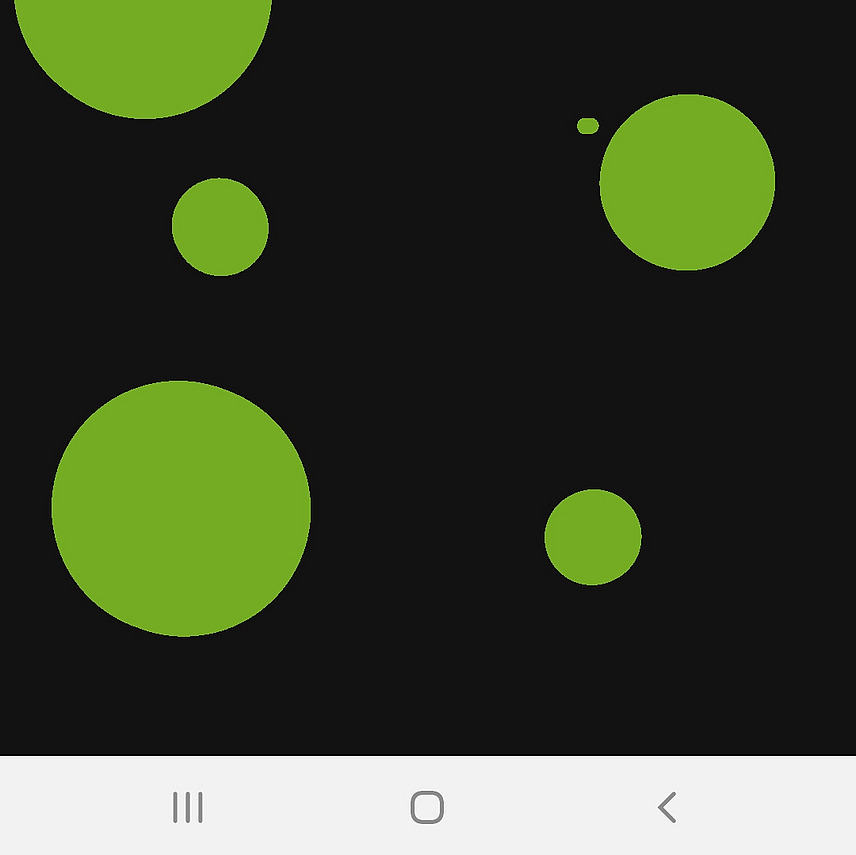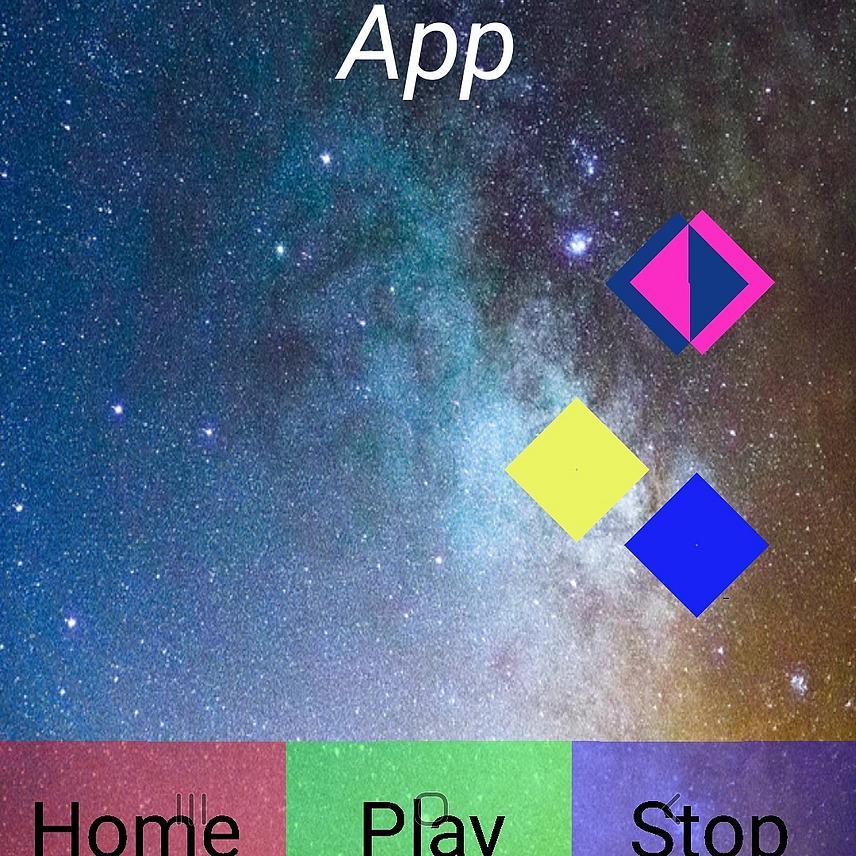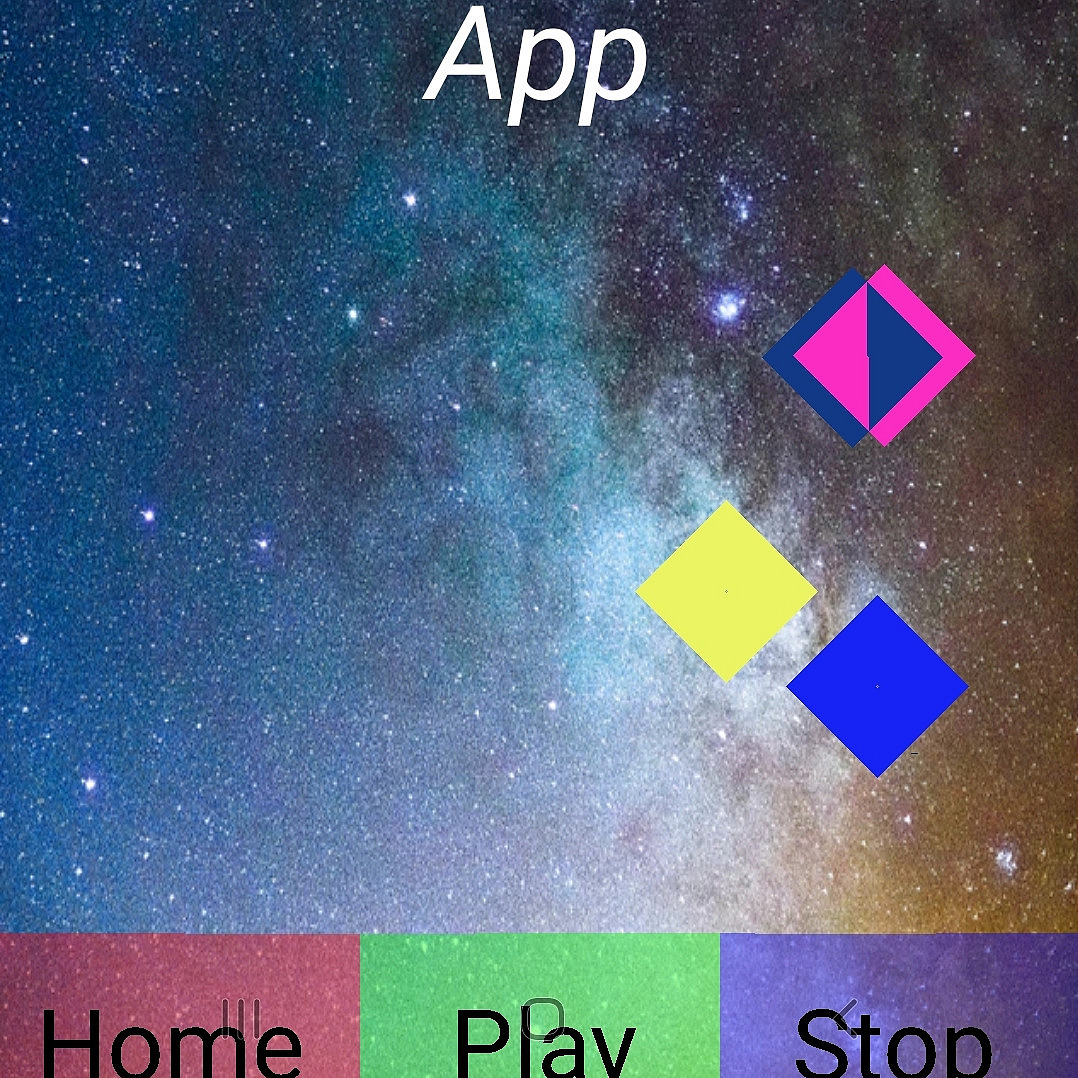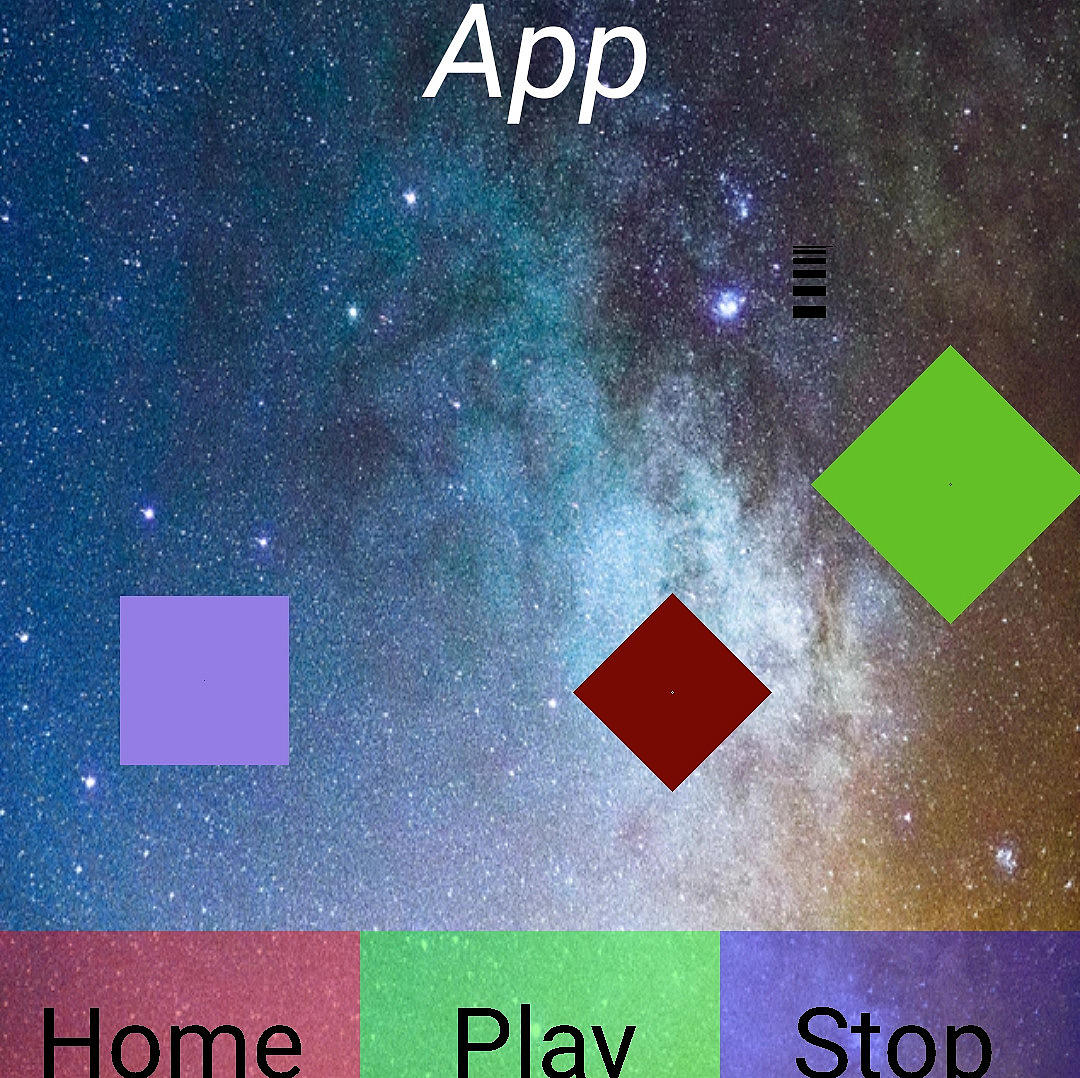Musical Interfaces
The importance of computer science is constantly increasing both for everyday life and for many scientific disciplines. In this context, there is a need to introduce students of rather non-technical programs of study to the principles of operation and the connections between digital systems. To achieve this, an interdisciplinary project group - consisting of musicologists and computer scientists - designed and conducted a course on the use of digital technologies for music practic, funded within the LehrZeit programme.The course was realised in cooperation with the Institute for Computer Science.
In the actual teaching project, both musicology and computer science students worked together to develop individual concepts for new musical interfaces and put them into practice. This interdisciplinary and free working format also represents a new and modern approach to university teaching in didactic terms. By working in mixed teams, individual competencies could be brought in to implement novel sound generation concepts using diverse technological solutions. The contribution of own ideas was foreseen, as well as the possibility to market the products and possibly raise funds through crowdfunding.
In addition to the lecturer Philip Schwarzbauer, four research assistants were instrumental in the implementation of the project and the course: David Dücker, Cedric Kreye, Benedict Saurbier and Jiska Schmidt.
Material from the course
In view of the aim of the project to hold the seminar several times, you will find working and documentation material here.
The Fibonacci number series is one of the best-known number series in mathematics. It is also closely related to many musical contexts or aesthetics such as tonal systems and the golden ratio.
The Fibonacci sequence can be used to derive number matrices that generate rhythmic and harmonic textures with the Fibonacci Personal Groovebox. The result is a MIDI controller that generates sounds with binary-coded Fibonacci numbers as parameters.
The aim of the trombone simulator is to approximate the feel of a real trombone.
This approximation consists in the fact that the position or movement of the slide of the trombone produces corresponding tones or glissandi between the notes. You can switch between the different positions at the touch of a button.
Instead of the player's lips, the sound is generated by a self-written program: the positions or movements of the trombone slide detected by an ultrasonic sensor are converted into MIDI notes of the corresponding pitch, which in turn trigger trombone notes played by the seminar participants.
ColorNote uses synaesthetic processes in the brain to enable melodies to be played on a virtual keyboard. As is already widely used in music education, the assignment of a color to a specific tone is used as a code for playing melodies. A recording and storage function is also available so that the pieces can not only be reproduced, but also shared and published for other app users.


